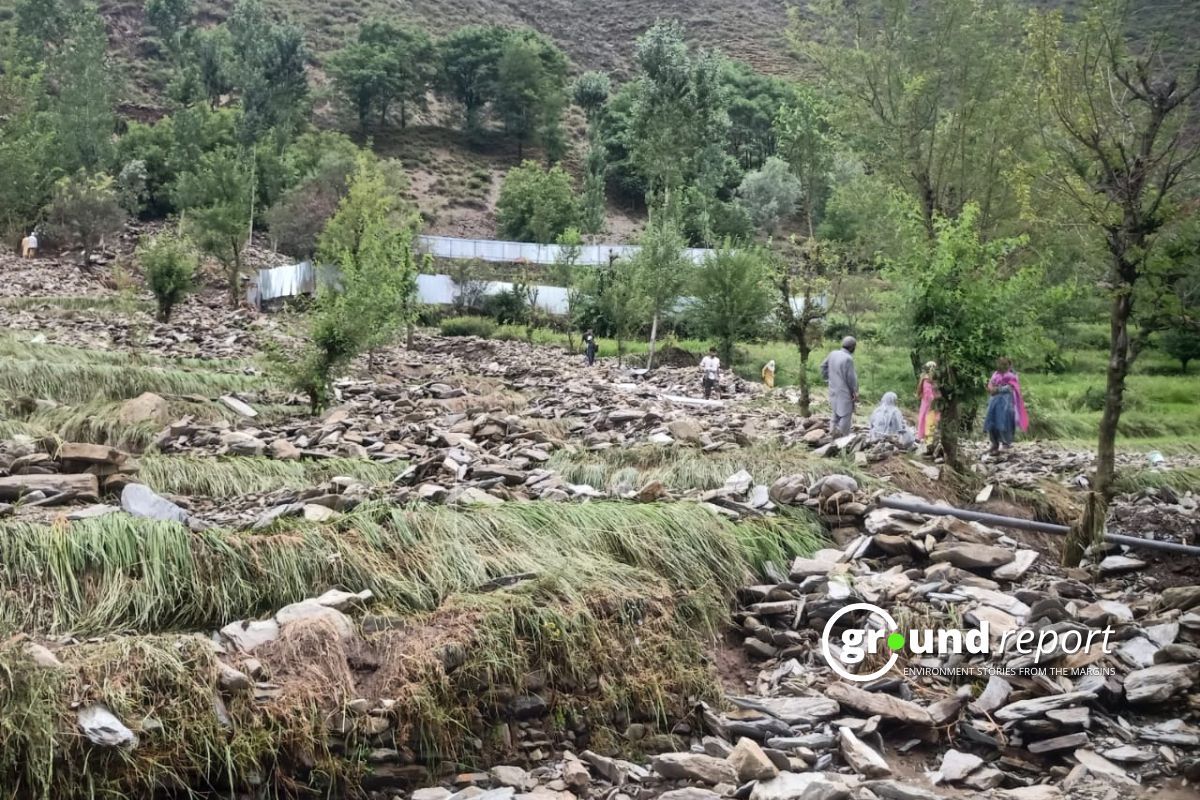China tightened its control over rare earth materials by introducing new export restrictions on products containing key elements. Exporters must now apply for a license from the Ministry of Economy and disclose the final use of materials like scandium, dysprosium, gadolinium, terbium, lutetium, samarium, and yttrium.
These rules apply to raw ores, metals, compounds, and finished goods. China’s move affects industries that depend on these materials, including telecom, data storage, electric vehicles, and advanced electronics.
Why these metals matter?
Major companies such as Broadcom, Qualcomm, TSMC, Samsung, Seagate, and Western Digital rely on scandium and dysprosium in their production lines. Scandium improves signal strength and efficiency in RF modules used in 5G smartphones, Wi-Fi routers, and base stations.
Dysprosium enhances magnet strength under heat, making it vital for hard drives and EV motors. It also supports magnet stability in MRAM and serves in shielding for satellites and nuclear reactors.
China took this step as part of a broader strategy to control the supply chain for high-tech manufacturing. This marks the third phase of export restrictions following earlier limits on gallium, germanium, tungsten, and indium.
Each phase targeted deeper layers of semiconductor production. China now exerts influence over the entire manufacturing process—from raw materials to final components.
By building a strong ecosystem, China secured its role as the world’s top supplier of rare earths. Chinese companies developed the capability to mine, extract, and refine these materials faster and cheaper than most global competitors.
Many analysts believe China subsidised its rare earth industry to make it unprofitable for other countries to enter the market. As a result, global manufacturers became dependent on China’s supply.
Bigger picture
China responded to U.S. tariffs by tightening these exports. The Trump administration imposed 54% tariffs on Chinese goods, and the U.S. added a 34% duty on imports from America.
In return, China began weaponising its dominance in rare earths to apply pressure. These export rules reflect a calculated tactic rather than an impulsive move.
Exporters now face uncertainty, longer timelines, and higher costs. Manufacturers may struggle to secure the necessary materials or may be forced to redesign their supply chains.
Though the rules don’t ban exports, the licensing process acts as a bottleneck. It introduces friction that could affect chip production, telecom infrastructure, and storage device manufacturing.
The previous two rounds of restrictions already hit materials critical for semiconductors and defense systems. China first limited germanium and gallium, which support advanced chip production.
Then it restricted tungsten, indium, and tellurium, essential for chip fabrication and optoelectronics. Now, with scandium and dysprosium added to the list, China deepened its control of critical resources.
What’s next?
While other countries hold rare earth reserves, they lack China’s infrastructure. Mining and refining rare earths require heavy investment and years to develop.
Still, China’s restrictions may open up new opportunities for producers outside the country. Companies in the U.S., Australia, and Canada could step in if they scale fast enough.
China continues to shape the global tech supply chain by controlling access to the materials it dominates. This third round of restrictions signals that more may come.
As long as high-tech industries rely on rare earths, China will keep using its supply chain advantage as leverage.
Support us to keep independent environmental journalism alive in India.
Keep Reading
California Fires Live updates: destructive wildfires in history
Hollywood Hills burning video is fake and AI generated
Devastating wildfire in California: wind, dry conditions to blame?
Los Angeles Cracks Under Water Pressure
From tourist paradise to waste wasteland: Sindh River Cry for help
Follow Ground Report on X, Instagram and Facebook for environmental and underreported stories from the margins. Give us feedback on our email id greport2018@gmail.com.
Don’t forget to Subscribe to our weekly newsletter, Join our community on WhatsApp, and Follow our YouTube Channel






